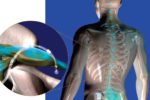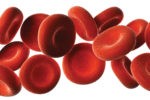Prolotherapy
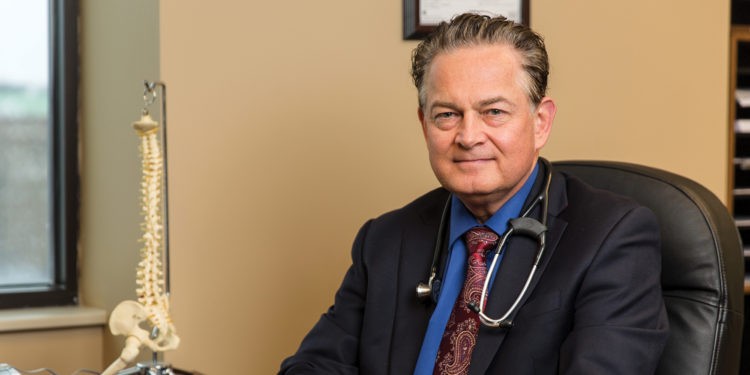
Treating the Underlying Cause of Pain with the Goal of Permanent Results
The combined professional care and expertise of Dr. Arden Andersen and Lisa Everett Andersen bring more patients to the intersection of health, wellness and the whole person.
Photos by Matthew Anderson
Dr. Arden Andersen, also known in other highly-respected circles as Colonel A. Andersen, is a family and occupational medicine physician whose curriculum vitae presents as a “Who’s Who” among the most notable of accomplished professionals. Not only is he a practicing physician, but he is also president of his sub-specialty college, the American Osteopathic Association of Phototherapy Regenerative Medicine (founded in the 1930s); a former vocational agriculture teacher; a farm consultant; an Air Force Reserve Colonel and Chief of Aerospace Medicine. Further, he has also authored five books and still has the time to devote to his family. Clearly not one to sit idle for very long, Dr. Andersen is also in the 2018 race for the Governor of the State of Kansas, a seemingly perfect fit for this consummate practitioner whose main focus is not only on healthier patients, but also healthier communities. He has a thorough understanding of what it takes to improve the quality of life for his patients and can easily translate that compassion and dedication to any endeavor he undertakes.
With health and healing among his primary areas of expertise and dedication, Dr. Andersen has created a strong niche within his Leavenworth, Kansas-based family practice by strategically partnering with his wife, Lisa Everett Andersen, R.Ph., Certified Clinical Nutritionist, co-owner of O’Brien Pharmacy and the Kansas City Holistic Centre with her brother Eric Everett, R.Ph, in Mission, Kansas. Together, these clinical professionals desire to fully serve their community, and that is the number one key to their success. They have created a unique synergy that allows for the delivery in the utmost of patient care, all tailored specifically to each individual, partnering modern technologies with holistic therapies.
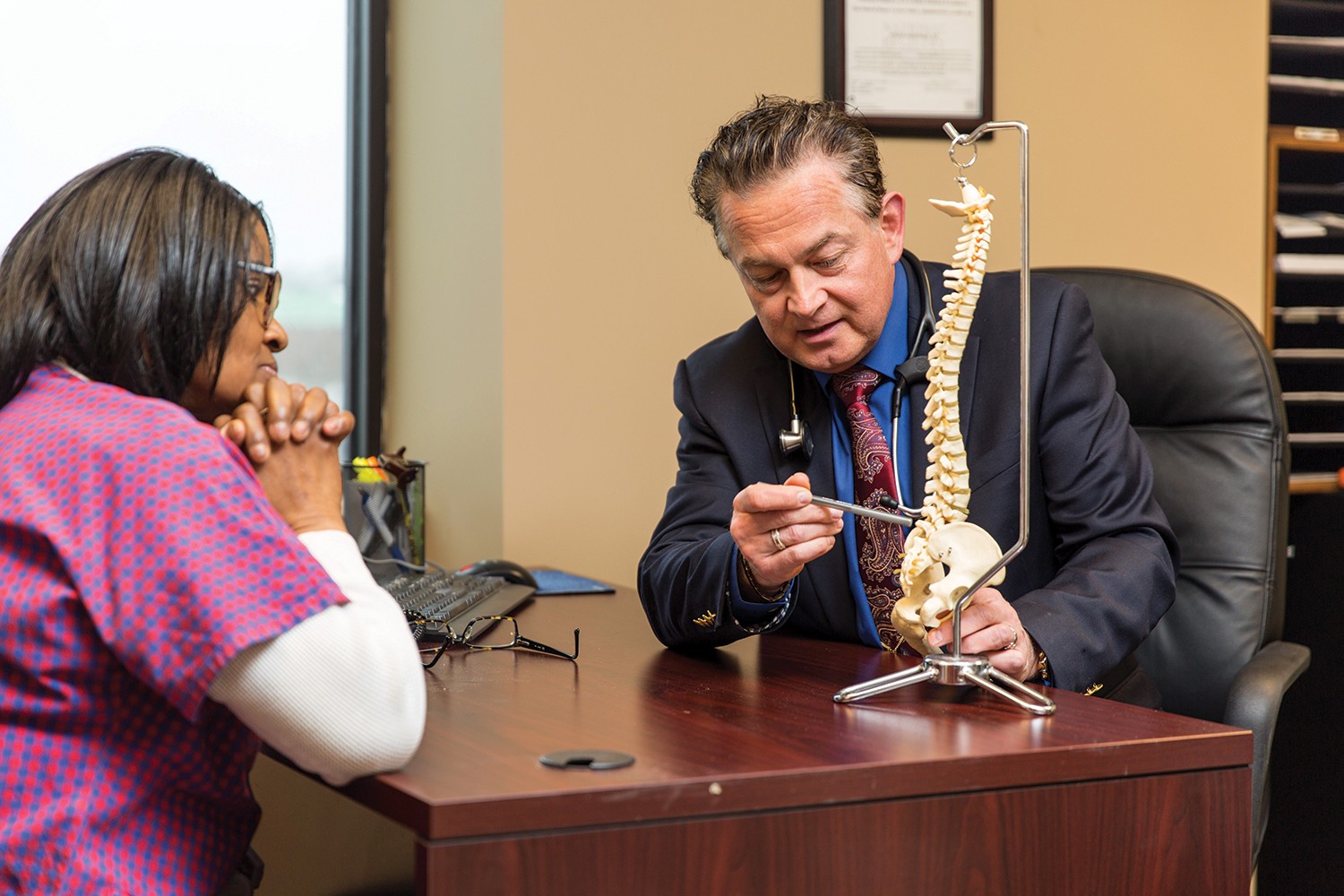
Dr. Andersen is a specialist in the practice of prolotherapy. Prolotherapy (Proliferative Therapy), also known as Non-Surgical Ligament and Tendon Reconstruction and Regenerative Joint Injection, is a recognized orthopedic procedure that stimulates the body’s healing processes to strengthen and repair injured and painful joints and connective tissue. It is based on the fact that when ligaments or tendons (connective tissue) are stretched or torn, the joint they are holding destabilizes and can become painful. Prolotherapy, with its unique ability to directly address the cause of the instability, can repair the weakened sites and produce new collagen tissue, resulting in permanent stabilization of the joint. Once the joint is stabilized, the pain usually resolves. Traditional approaches with surgery have more risk and may fail to stabilize the joint and relieve pain, and anti-inflammatory or other pain relievers only act temporarily. The original term used for this therapy was “sclerotherapy”, coined in the 1930’s when this treatment was discovered, and included both joint and vein injections. Today the term “prolotherapy” is used for joint, ligament and tendon injections, while “sclerotherapy” is used for the treatment of varicose veins, spider veins, hemorrhoids and other vascular abnormalities.
By stimulating the body’s natural healing mechanisms to lay down new tissue in the weakened area, a directed injection is applied to the injured site, essentially “tricking” the body to repair itself. The mild inflammatory response created by the injection encourages the growth of new, normal ligament or tendon fibers, resulting in a tightening of the weakened structure. Additional treatments repeat this process, allowing a gradual buildup of tissue to restore the original strength to the area.
Despite the modern description of this therapy, it has actually been in around in some form as early as 500 B.C., when Roman soldiers with shoulder joint dislocations were treated with hot branding irons to help fuse the torn ligaments in the shoulder joint. Obviously, medical advances over the centuries have greatly improved this process, but its therapeutic roots have withstood the test of time.
Is prolotherapy safe? The injections used contain natural substances designed to stimulate the healing process. They also contain local anesthetic agents to help minimize the pain of the injection. Traditional formulas include dextrose, saline, sarapin and procaine or lidocaine. Over the past several years, newer formulas include Platelet Rich Plasma (PRP) and autologous (from the same person) adult stem cell sources, typically taken from bone marrow or adipose tissue. The selection of the appropriate formula is tailored by the physician to appropriately meet each patient’s needs.
“In my practice I use PRP with glucose, vitamin C and compounded B complex inside the knee and hip joints and glucose, vitamin D, compounded B complex and pumice for low back injections and some alteration of these mixes for other areas of the body depending upon the patient,” explained Dr. Andersen. “Vitamin C and compounded B complex are important nutrients for cartilage and ligament repair as is silicone. Additionally, for best results I encourage patients to stop dairy proteins, including whey and cheese, for 30 days prior to injections and take Optimal Daily Allowance at 8 per day. This gives their body the best opportunity to repair the injuries and build new connective tissue.”

Low back pain is the number one cause of lost work in the US. The standard treatments include muscle relaxants, NSAIDS, physical therapy and weight loss followed by steroid injections and finally surgery. Steroid injections for most general joint pain has become the fallback therapy for most physicians, whether family practice or orthopedic surgeon. The problem with that is that steroids accelerate the degenerative process in the joints and significantly increase blood glucose levels in diabetic patients as shown by Habib and Miari, 2011 in the Journal of Clinical Rheumatology.
However, none of these standard therapies address the primary site of injury, the bone-ligament junction.
“In the low back, my experience has shown that the majority of low back pain, instability and sciatic pain are due to ligamentous laxity especially at the iliolumbar ligaments, supraspinous and interspinous ligaments and then wherever we can palpate pain,” noted Dr. Andersen. “The key to prolotherapy success I have found is ‘chasing the pain’ each session. This means injecting the basic Hacket points and then those areas the patient says are painful. This might mean injecting 50 different points. Usually three to five sessions are what are needed if the patient is in healing mode and I have hit the appropriate injection points.”
In addition to his role as physician, Dr. Andersen can directly relate to the patient aspect of the procedure and as a result, can deliver first-hand accounts to his patients with full understanding of what they are experiencing.
“I have had multiple prolotherapy sessions on my own low back, neck, shoulders, knees, wrist and ribs all with excellent success,” he noted. “It is the only therapy that has given me any consistency in pain relief and kept me away from the surgeon’s knife.”
To assuage one’s fear of any pain associated with prolotherapy, Dr. Andersen is to the point.
“Any pain involving an injection will vary according to the structure or joint treated, the choice of solution, and the skill of the physician administering the injection,” he asserted. “The treatment may result in a temporary increase in pain with mild swelling and stiffness. The discomfort usually passes fairly quickly and can also be reduced with pain relievers such as Tylenol or other prescribed medication. Anti-inflammatory drugs, such as aspirin and ibuprofen, are not recommended for pain relief because their action suppresses the desired inflammatory healing process produced by the prolotherapy injections.”
Dr. Andersen also cautioned that not everyone is necessarily a candidate for this procedure, as each patient requires a thorough evaluation, complete with patient history physical examination, and radiological or ultrasound exams. In some cases, laboratory work may be ordered or evaluated prior to treatment. The collected information allows the physician to fully evaluate the patient’s potential success with this therapy. Treatable issues may include low back or mid-back pain, including degenerative disc disease and sacro-iliac joint instability/dysfunction, neck pain, knee pain, knee meniscal tears, wrist or hand pain, osteoarthritis, shoulder pain including rotator cuff tears, elbow pain including golfers or tennis elbow, foot pain including plantar fasciitis, ankle pain or instability, hypermobility, osteitis pubis, IT band syndrome, piriformis syndrome, temporal mandibular joint syndrome (TMJ), or other musculoskeletal pain or injury.
“Some areas or problems can be more challenging than others, and it is therefore important to be evaluated by a physician trained and experienced in this procedure so that an accurate assessment and treatment plan can be given,” indicated Dr. Andersen.
While Dr. Andersen tends to the medical component of things, Everett Andersen assists with the nutritional aspect, and together they take care of patients, treating each individual as a whole person, which includes nutrition and lifestyle habits.
“Dietary issues can affect the immune system’s ability to heal,” expressed Dr. Andersen. “With Lisa as the biochemist, we collaborate, and we have seen tremendous results in patients. Together we offer a full comprehensive approach. We are able to address the nutrition aspect and the hormonal component and, together with prolotherapy, we get results.”

Everett Andersen has a private consultation practice in which she applies her nearly 40 years of experience in outcome based lifestyle, spiritual and pharmacologic intervention. Her work consist of the principals of biochemically based clinical nutrition, physiology and pharmacology in the monitoring of patient outcomes as they progress towards the reversal of disease and the reclamation of their health.
As a result, O’Brien Pharmacy has earned its stellar reputation as one of the top compounding pharmacies in the country and is also recognized as a national leader in natural health, sterile products and bio-identical hormone replacement.
Everett Andersen stands as a unique clinician, as her decades of clinical experience serves her patients well. People travel from all over the world to spend a 2-4 hour consult with her to address health problems that has stumped the best of standard medicine. Patients are suffering and looking for real answers which elude their doctors. When asked why this is the case, Everett Andersen has a simple answer: the sciences of biochemistry and pharmacology.
“Physicians are only taught basic protocol medicine and cursory biochemistry and pharmacology in their 4 years of medical school,” commented Everett Andersen. “They are good at deciding upon what drug to treat a given symptom. If that doesn’t work, they choose another drug or two. If that doesn’t work, then it must be the patient’s fault and they will just have to live with the problem. In defense of doctors, they don’t have much time with each patient, 6-15 minutes at best, and on to the next they go.”
Conversely, pharmacists study biochemistry and pharmacology for six years. They have an intimate understanding of biochemistry and pharmacology. Studies show that when pharmacists are put in charge of patient medications in the hospital setting, patients take fewer drugs and have fewer adverse effects.
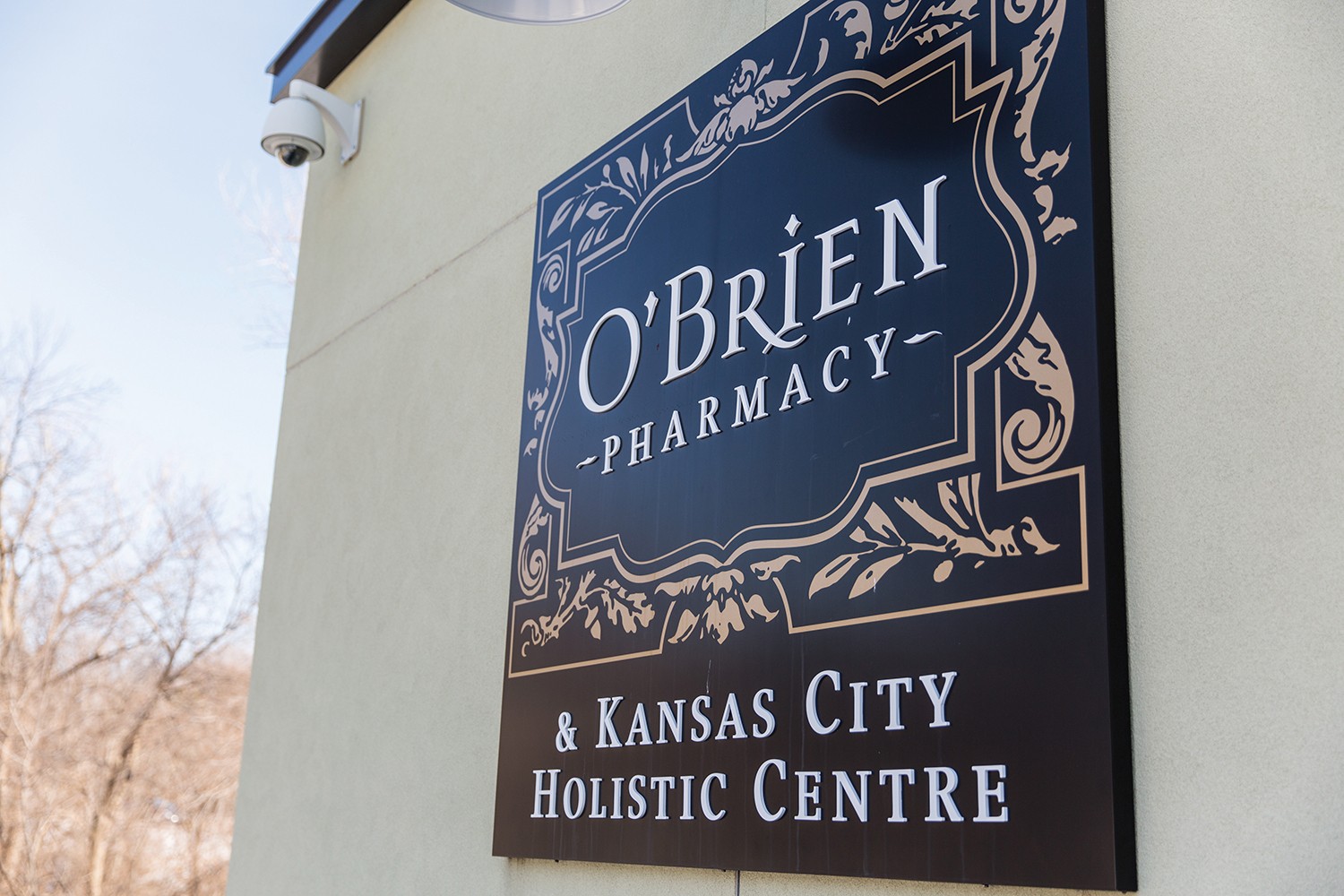
That knowledge and understanding was not enough for Everett Andersen, however, so she continued her studies in nutrition and nutritional biochemistry. Part of her biochemistry studies included extensive research into endocrinology biochemistry. With this extensive scientific background and an extensive holistic perspective on health, Everett Andersen is able to help patients who otherwise have been abandoned by conventional medicine. She has had great success with neurological and endocrine disorders otherwise unresponsive to standard therapies such as MS, Parkinson’s, rheumatoid arthritis, post-partum psychosis, chronic fatigue, fibromyalgia and traumatic brain injury/post-concussion syndrome.
As a mother of three and a post-menopausal woman herself, along with this extensive scientific training, she has helped thousands of women around the world with various hormonal problems using bio-identical hormone replacement therapy (BHRT). She teaches her students to go back to their chemistry and biochemistry and relearn these disciplines, functionally. This means understanding the difference between the progestin or Provera and bio-identical progesterone and their different effects in the human body. She instructs them to study the molecular and physiologic differences between ethinyl estradiol or Premarin and bio-identical estradiol, estrone, and estriol. She teaches them about endocrine disruptors and the differences between steroids and sterols both chemically and physiologically. She wants her students and doctors to understand that just because the FDA erroneously classifies all steroid classes the same, e.g. estrogens, progestins, they are chemically and physiologically quite different and have significant different long term consequences on human health.
Everett Andersen is a proponent of nutritional supplements, which, in some cases, merely produces expensive urine. However, Everett Andersen understands that nutrients in the correct form, ratio and therapeutic doses are biochemically and physiologically just as or more effective at changing biochemistry as are the “right” drugs. Most nutrients for example must be in the reduced form, most notably vitamin C, to be effective.
“A common problem we see in young girls and women today is the diagnosis of bipolar or rapid cycling bipolar disorder often accompanied by anxiety,” emphasized Everett Andersen. “These women usually report difficult periods, cramping, PMS and difficulty getting to sleep, often anxiety and even panic attacks. Most often they are put on birth control pills (which furthers the depression and increases their risk of breast cancer later in life) followed often with Latuda, Effexor, Celexa, Paxil, or the like. After a thorough evaluation, we usually find that a change in diet, adding a therapeutic multi-vitamin/mineral supplement and bio-identical progesterone delivered via a troche resolves the problem. Most of these women don’t actually have bipolar syndrome, they are just severely hormonally out of balance.”
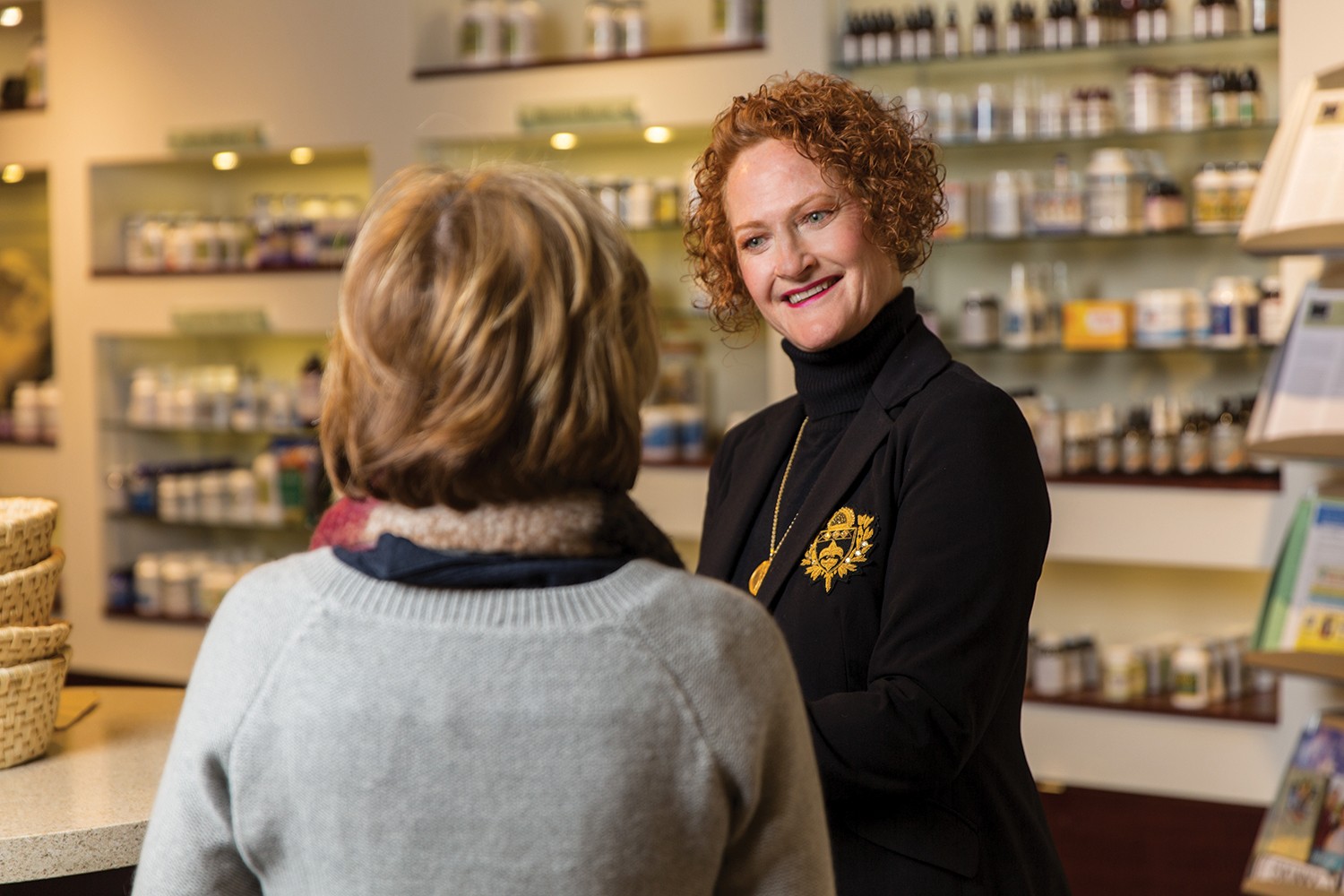
This is why Everett Andersen uses only supplements that have certificates of analysis proving potency and combines nutrients in the ratios and combinations that best address the biochemical cycles of the human cell to achieve the desired outcome. O’Brien Pharmacy is rare among compounding pharmacies in that not only do they demand that their raw materials have certificates of assay, they take their own compounded products and test every batch for proof of content analysis. FDA standards are +/- 10% while O’Brien Pharmacy standards are +/- 2%.
“My job is to safely help people taper their medication and allow their bodies to recalibrate with no effects of withdrawal so the body doesn’t miss or require medications anymore,” stated Everett Andersen. “As a patient’s health improves, his or her needs for medications and doctors go down.”
In collaborative practice with Dr. Arden Andersen, Lisa and Dr. Andersen are able to help a multitude of patients who are otherwise too complex or difficult for conventional medical therapy.
For more information on Dr. Arden Andersen, call Lisa at 913.322.0001, visit him online at andersen2018.com; for more information on Lisa Everett Andersen and O’Brien Pharmacy, visit them at 5453 West 61st Place, Mission, KS; go online at obrienrx.com; or call 800.627.4360.
